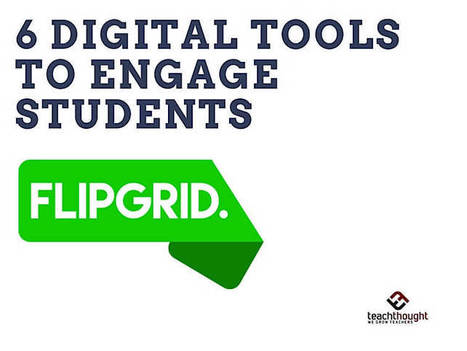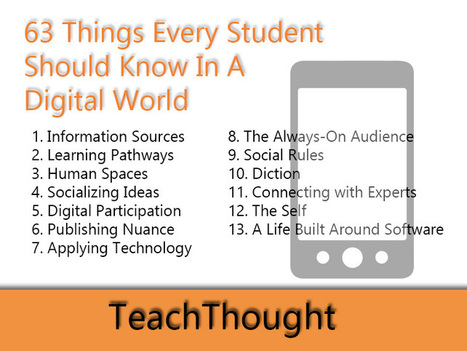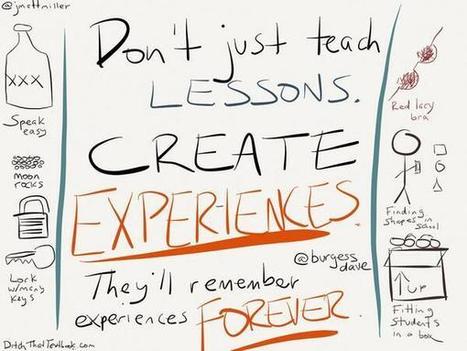’ve long used Instagram as a way to reach out to my students. It started back when I first got an iPad through DonorsChoose at my previous library (before I had a personal smartphone). Some of my former students (now adults) still follow that account and keep in touch. When I started at Tampa Prep, I created a new account for the library (@TPrepLibrary) separate from my personal account (@dianalrendina) to help conform to the school’s social media policies.
During the lockdown and virtual learning time in the last quarter of the 2019-2020 school year, the library Instagram account became an essential way for me to keep in touch with my students and share with them. During this time, I also had more time for PD, so I watched several AASL conference sessions on Instagram and took the fantastic eCourse, Dare to Grow: The Instagram Lab (called Grow Your ‘Gram at the time). While that eCourse is geared more towards solopreneurs and not everything applied to the school library, I found SO many actionable tips in this course that I’ve utilized in my school library Instagram account.
Via John Evans



 Your new post is loading...
Your new post is loading...
























